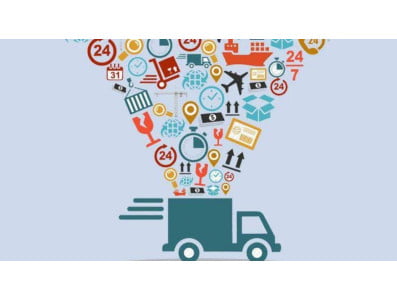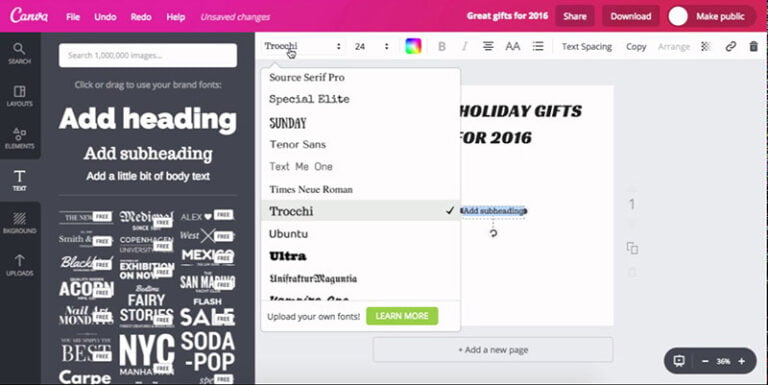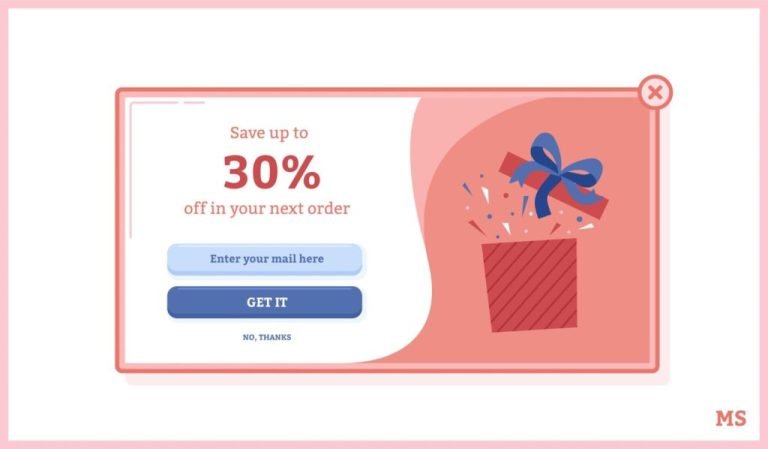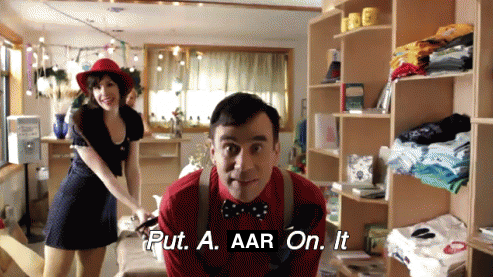
The fast-moving consumer goods, or FMCG, are everyday items that the average consumer uses regularly. Most of these products are very cheap to buy and include products like shampoo, soap, and coffee. FMCG products are much in demand, and the industry is estimated to be worth almost $5 trillion.
As the industry grows at a steady pace, it is predicted to reach $7 trillion in 2025. FMCG segments are believed to be among the most competitive segments in this market. In the FMCG sector, multiple big companies, such as PepsiCo, Hindustan Uniliver, and P&G, have been dominating for decades.
Products like these are fast-moving because they are a necessity in everyday life for most people and are typically consumed quickly. As a rule, FMCG products have very thin profit margins, but their sales volume is very high. Various business models are used to distribute FMCG products, including wholesalers, retailers, and distributors. We will provide you with a brief explanation of the FMCG business plan in this article and also discuss how it works.
Also Read: Implementing A Drug Store Business Plan In 2021
What Are Fast-Moving Consumer Goods or FMGC?
Table of Contents
FMCG stands for “fast-moving consumer goods”; these are consumer goods with a high turnover and are shipped quickly. FMCG products include cooking oils, toothbrushes, beverages, milk, and almost any other product you can find in a typical Kirana Store or other dedicated stores.
FMCG products are categorized into three general categories. These categories are durables, non-durables, and services. Durable products can last for more than three years from the date of manufacture, meaning they can still be consumed afterward. Non-durable products have a shelf life of a maximum of three years, and they generally expire after that. In addition, services such as repair work also fall under the consumer goods section which is the third category of FMCG.
Also Read: Business Plan For Mobile Store
Types of FMCG or Fast-Moving Consumer Goods
The market offers a wide range of fast-moving consumer goods. FMCG is a huge market that consists of different types of goods. FMCG products can be categorized into 9 different types, and we will describe each one in detail below.
- Processed Foods – These are foods that are cooked or canned for sale in markets. These foods include pasta, cheese, ready-made sandwiches, etc.
- Office Supplies – These items also fall under the FMCG category. This category of FMCG includes items like pens, pencils, and staplers.
- Beverages – FMCG products of this type include regular drinks, juices, and energy drinks that are mainly consumed during the summer months.
- Medicines – The pharma products fall into the category of FMCG products. Some examples of such are paracetamol, saridon, Aspirin, etc.
- Cleaning Products – These products include all the regular items used for cleaning, such as floor cleaners, window cleaners, glass cleaners, etc.
- Cosmetics & Toiletries – All cosmetic products are included in this section, including make-up kits, concealer, and foundation. Other products included in the toiletries section are soaps, shampoo, and shower gel.
- Baked Goods – This category of FMCG includes all products baked by local businesses or manufactured by large corporations. Breads, cakes, croissants, cookies, etc. are among these products. Unlike most other FMCG products, these products have a shorter shelf life.
- Fresh, Frozen, and Dry Foods- These types of products include frozen corn and peas, frozen fruits, frozen vegetables, and frozen meats.
Also Read: Agriculture Business Plan
What are the different types of FMCG business plans?
A large supply chain is involved in the FMCG business model before the goods reach the consumer. FMCG business opportunities exist in every part of the supply chain. However, there are primarily 4 types of FMCG business plans, which we will discuss in detail below:
1- Manufacturers: This is the first part of the FMCG business model. Manufacturers are the ones who produce the products in bulk from raw materials, then send them from their side for consumption.
2- Distributors: A distributor is one who is partnered with a specific manufacturer such as Nestle, P&G, or ITC. Distributors buy huge quantities of products directly from manufacturers and then distribute them further to wholesalers.
3- Wholesalers: Wholesalers purchase various products from distributors and then sell them in small quantities to retailers. The profit margin between distributors and wholesalers is typically between pennies, but this part of the supply chain has the highest volume of sales.
4-Retailers: The retailers buy products directly from wholesalers according to demand and sell the products directly to the consumers. The retailers are part of this supply chain following a B2C (business to consumer) model. All the other parties involved in the supply chain follow the B2B model (business to business).
Also Read: Petrol Pump Business Plan
Conclusion
We conclude this article with the observation that the FMCG business, along with urbanization and transportation development in India, is growing. Every part of India is covered by the FMCG network, even the remotest areas.
In addition, the FMCG business sector is anticipated to reach a 7 trillion dollar market size by 2025, which is tremendous. The FMCG industry is relatively easy to break into and succeed in, as long as one prepares a good FMCG business plan.
The FMCG business sector, where margins range from 4% to 25%, is cited as having low margins by many. Nevertheless, we must acknowledge that this segment has the highest volume of sales which creates a great opportunity for doing business in this sector.
FAQs
1- Is the FMCG Business profitable?
In terms of profit margins, the FMCG business has a very thin margin overall. Profit margins can range from 2% to 25%. Due to the numerous steps the products go through before reaching the store and the customer, the profit margin in this industry is very low.
Despite this, the volume of sales in the FMCG sector is large, which indirectly covers part of the less profit margin given. Additionally, we would like to point out that the competition for FMCG products is very high.
2- Which type of FMCG product has the highest profit margin?
In the FMCG industry, all products have very slim profit margins. Nevertheless, baby care products, cosmetics, bakery, and frozen foods have the highest profit margins, ranging from 10% to 25% at most.
3- Which FMCG business plan would be easier to adopt?
It completely depends on your capital. You can opt for distributorship of any FMCG company if you have huge investment plans. As an alternative, you can go into wholesaling with mediocre investment, or you can become a retailer if you do not wish to invest much and prefer to sell directly to consumers.






